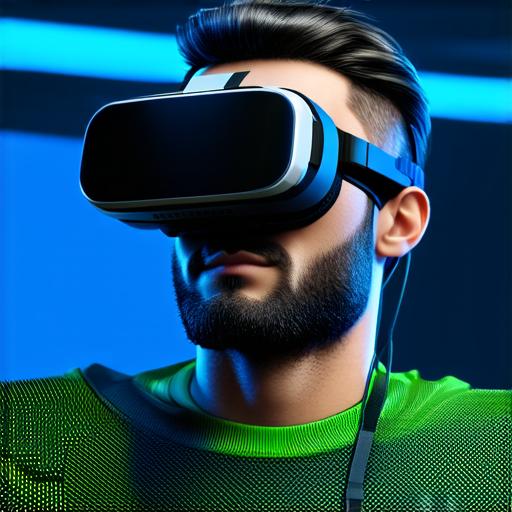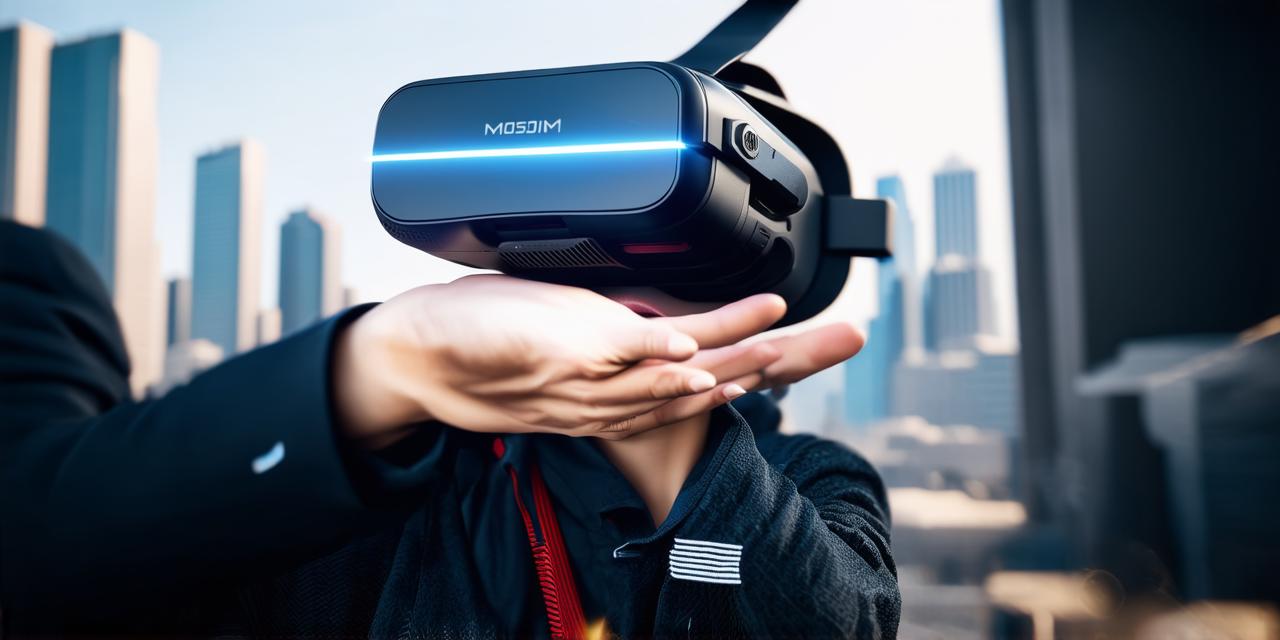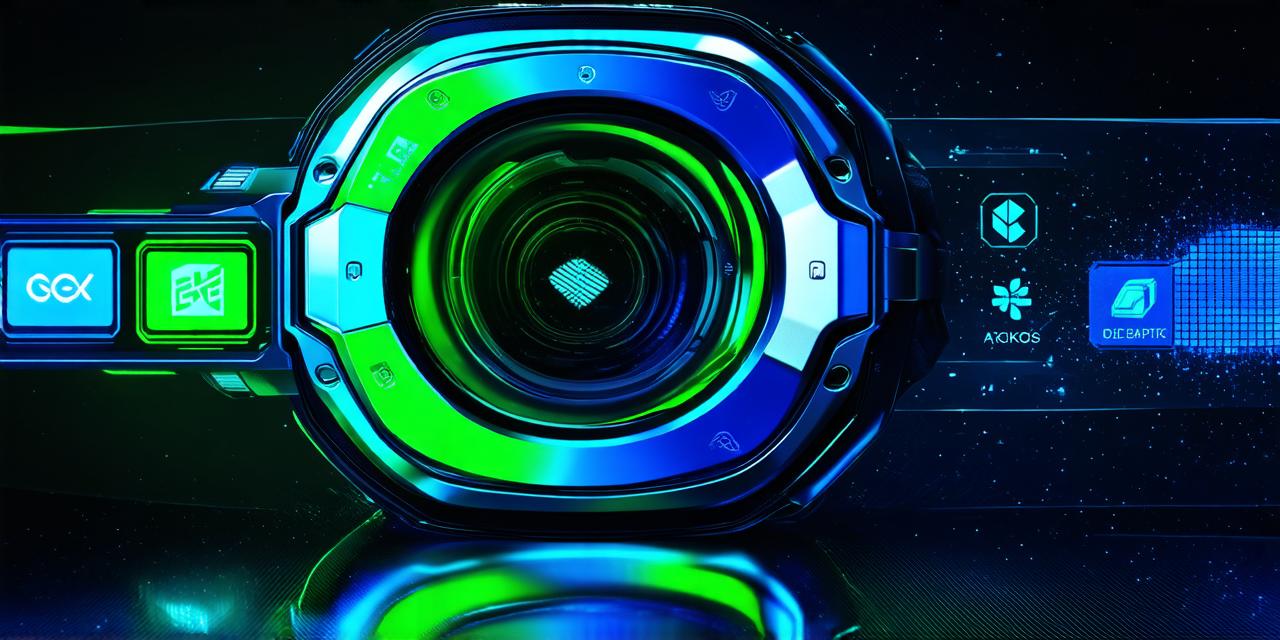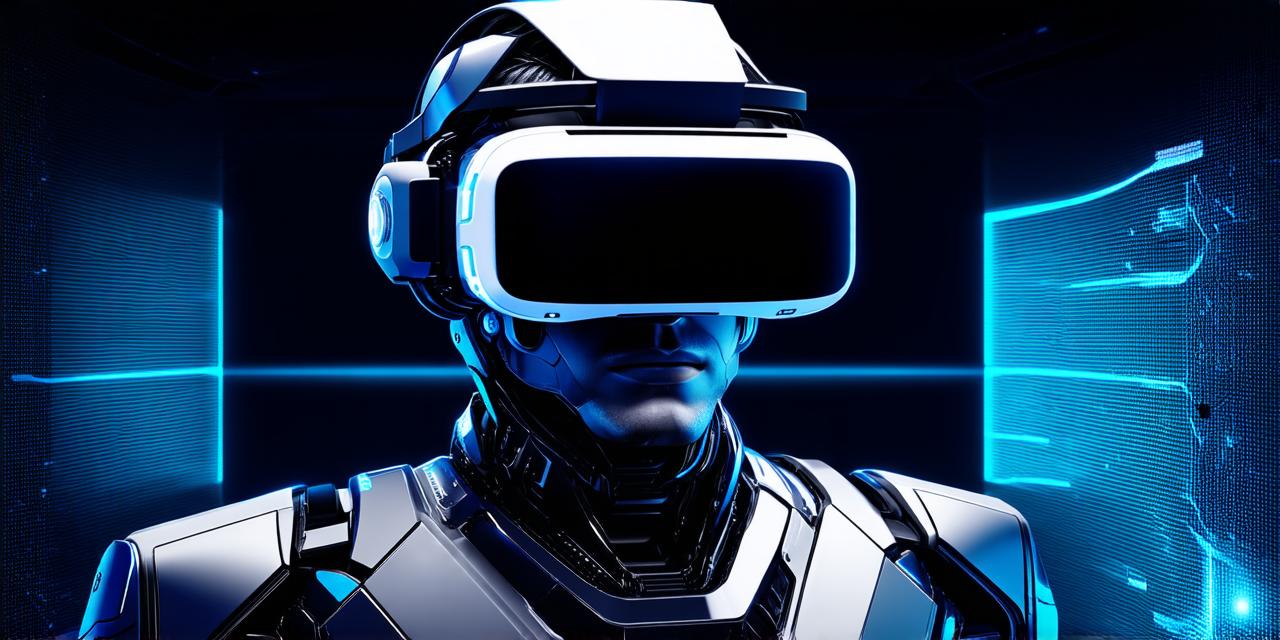
Virtual reality (VR) technology is rapidly advancing, and many developers are now incorporating it into their applications. If you’re one of these developers, you may be wondering how to operate a 3D virtual reality headset.
Features of a 3D Virtual Reality Headset
A 3D virtual reality headset consists of several components that work together to create an immersive experience for the user. These components include:
- Display screens: These screens display images in stereoscopic mode, which means they show each eye a slightly different image, creating the illusion of depth.
- Head-mounted display (HMD): The HMD is the device that sits on top of your head and holds the displays. It has adjustable settings that allow you to customize your experience.
- Sensors: These sensors track your movements and adjust the images displayed in real-time, allowing you to move around in the virtual environment.
- Controllers: These handheld devices are used to interact with the virtual world. They typically have buttons and joysticks that allow you to perform actions such as pointing, grabbing, and moving objects.
- Audio: Most VR headsets come with built-in audio systems that provide a fully immersive experience by delivering spatial audio that simulates the sound coming from different directions.
Settings for a 3D Virtual Reality Headset
Before you start using your VR headset, it’s important to adjust its settings to optimize your experience. Here are some of the most important settings to consider:
- Display resolution: Most VR headsets have adjustable display resolutions that allow you to choose the level of detail in the images displayed.
- Field of view (FOV): The FOV determines how much of the virtual environment you can see at any given time. A wider FOV provides a more immersive experience, but it can also cause motion sickness in some users.
- IPD (interpupillary distance): This setting adjusts the images displayed to match the distance between your eyes. It’s important to set this correctly to avoid double vision or discomfort.
- Audio settings: Most VR headsets have adjustable audio settings that allow you to customize the sound levels and spatial audio effects.
- Controllers: Many VR headsets come with customizable controllers that allow you to adjust the sensitivity of the buttons and joysticks, as well as the mapping of actions to specific buttons.
Troubleshooting Tips for a 3D Virtual Reality Headset
As with any technology, there are bound to be issues when using a VR headset. Here are some common problems and their solutions:
- Motion sickness: This is a common problem with VR, especially in users who are prone to motion sickness. To reduce the risk of motion sickness, try adjusting the FOV or using a lower resolution.
- Tracking issues: If your sensors aren’t tracking your movements correctly, it can cause visual glitches or lag. Try calibrating the sensors or adjusting the IPD setting to ensure accurate tracking.
- Audio problems: If you’re experiencing audio problems with your VR headset, try checking the audio settings or using a different pair of headphones. You may also need to adjust the volume levels to prevent hearing damage.
- Connectivity issues: Make sure your VR headset is properly connected to your computer or gaming console, and that there are no interruptions in the connection. Try restarting your devices or using a different cable if necessary.
Real-Life Examples of Virtual Reality Applications
Virtual reality technology has many applications across a variety of industries, including:
- Gaming: VR gaming is one of the most popular uses for virtual reality technology. Games that use VR provide an immersive experience that allows players to truly feel like they are part of the game world.
- Training and education: VR technology can be used to train professionals in a variety of fields, including medicine, military, and aviation. By simulating real-world scenarios, trainees can practice their skills in a safe and controlled environment.
- Real estate and design: Virtual reality can be used to showcase properties or designs in 3D, allowing potential buyers or renters to get a better sense of the space before making a decision.
- Tourism and travel: VR technology can be used to create virtual tours of famous landmarks or destinations, allowing users to explore these places from the comfort of their own homes.
FAQs
Here are some frequently asked questions about operating a 3D virtual reality headset:
1. What kind of computer do I need to run a VR headset? The minimum specifications vary depending on the headset, but most require at least a high-end gaming PC or console with a dedicated graphics card.
2. How long does it take to set up a VR headset? It can take anywhere from 10 minutes to an hour to fully set up a VR headset, depending on the complexity of the setup process and the number of devices being used.
3. Can I use my VR headset with multiple devices? Most VR headsets can be used with multiple devices, including computers, gaming consoles, and smartphones. However, some devices may require additional hardware or software to work together.
4. What is the best way to clean a VR headset? It’s important to clean your VR headset regularly to prevent dirt, sweat, and other contaminants from damaging the display screens or sensors. Use a microfiber cloth with a mild cleaning solution to gently wipe down the headset.
Summary
Operating a 3D virtual reality headset can be a complex process, but with the right setup and troubleshooting techniques, you can create an immersive experience that will transport you to another world. Whether you’re a gamer, professional, or simply looking for a new way to explore the world around you, virtual reality technology has something to offer. By understanding the features, settings, and troubleshooting tips outlined in this guide, you can make the most of your VR headset and create unforgettable experiences.




